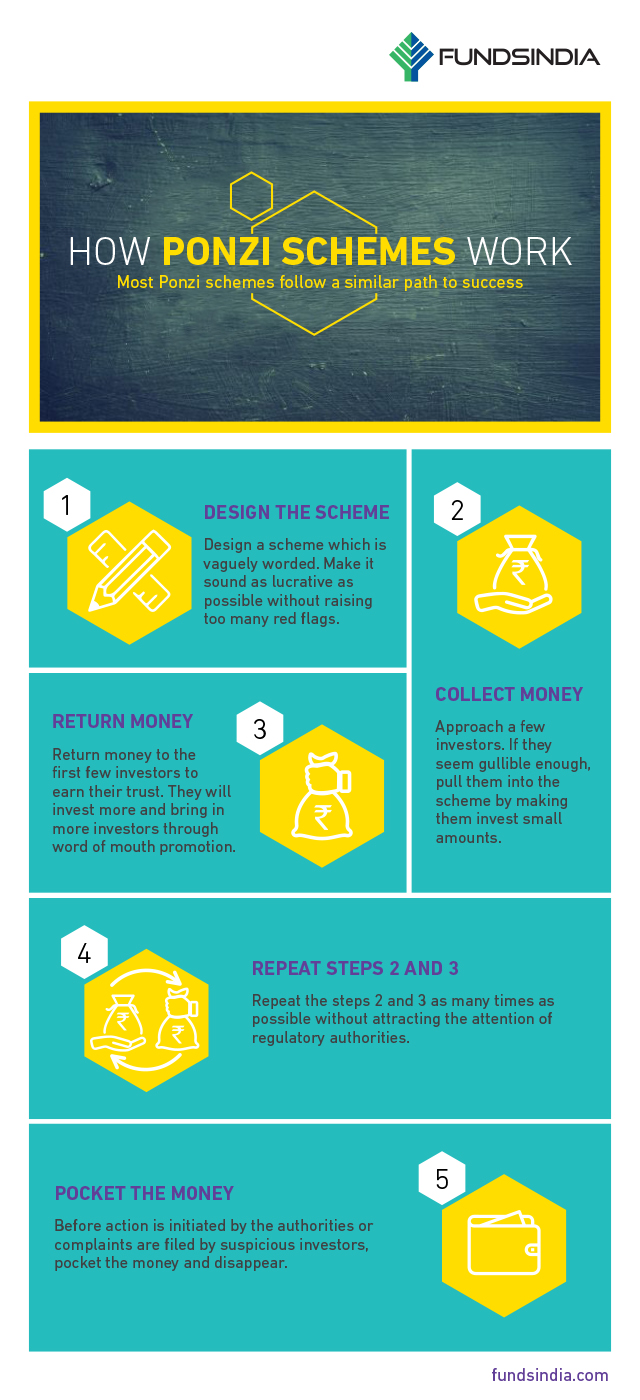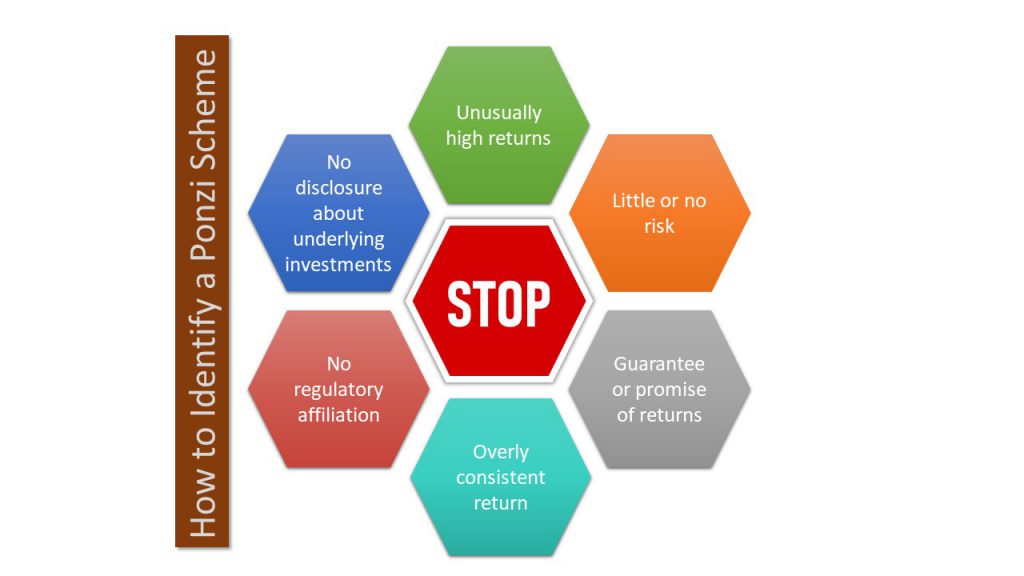Charles Ponzi. The name itself might not ring a bell for most people, but the surname will. Charles Ponzi is known as a con artist who popularised unscrupulous money-making schemes during the 1920s. He would promise clients a 50% to 100% profits within 45 to 90 days, by buying discounted postal reply coupons in other countries and redeeming them at face value in the United States. In reality, Ponzi was just paying previous investors using the money collected from later investors.
These fraudulent investment schemes were not invented by Ponzi. However, he became popular enough that such schemes eventually got named after him. And while one would expect the strengthening regulatory environment and easy flow of information to have put a stop to such schemes, the reality is entirely different.
Investors, even educated urban investors, still keep falling prey to Ponzi schemes. These schemes have taken a variety of forms over the years, but retain some of their fundamental characteristics. This article will help you identify Ponzi schemes and protect yourself from falling into this trap.
The following infographic shows the workings of a ponzi scheme:

Now that you know how Ponzi schemes work, you need to be able to identify them. All Ponzi schemes have some of these common features. If you recognise them, you should think twice before giving off your money:

You can save these infographics and refer to them whenever you come across a scheme which raises any red flags. We hope these infographics will prevent some people from falling into the trap of ponzi scheme.
Meanwhile , if you are looking for investment avenues which give inflation beating returns combined with transparency of underlying investments and reliability of regulatory environment, why don’t you check out some of our recommended mutual funds.

![[Infographic] 4 things to do with your Diwali bonus](https://www.fundsindia.com/blog/wp-content/uploads/2016/10/161027-Diwali-Bonus-header-150x150.jpg)



